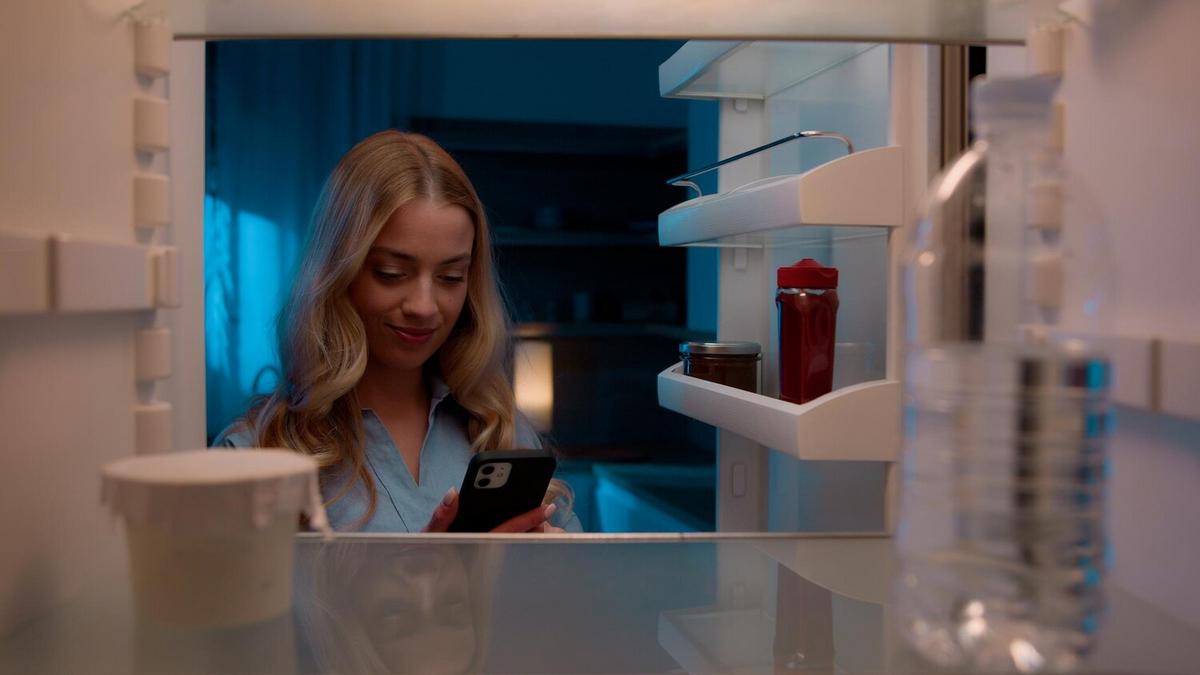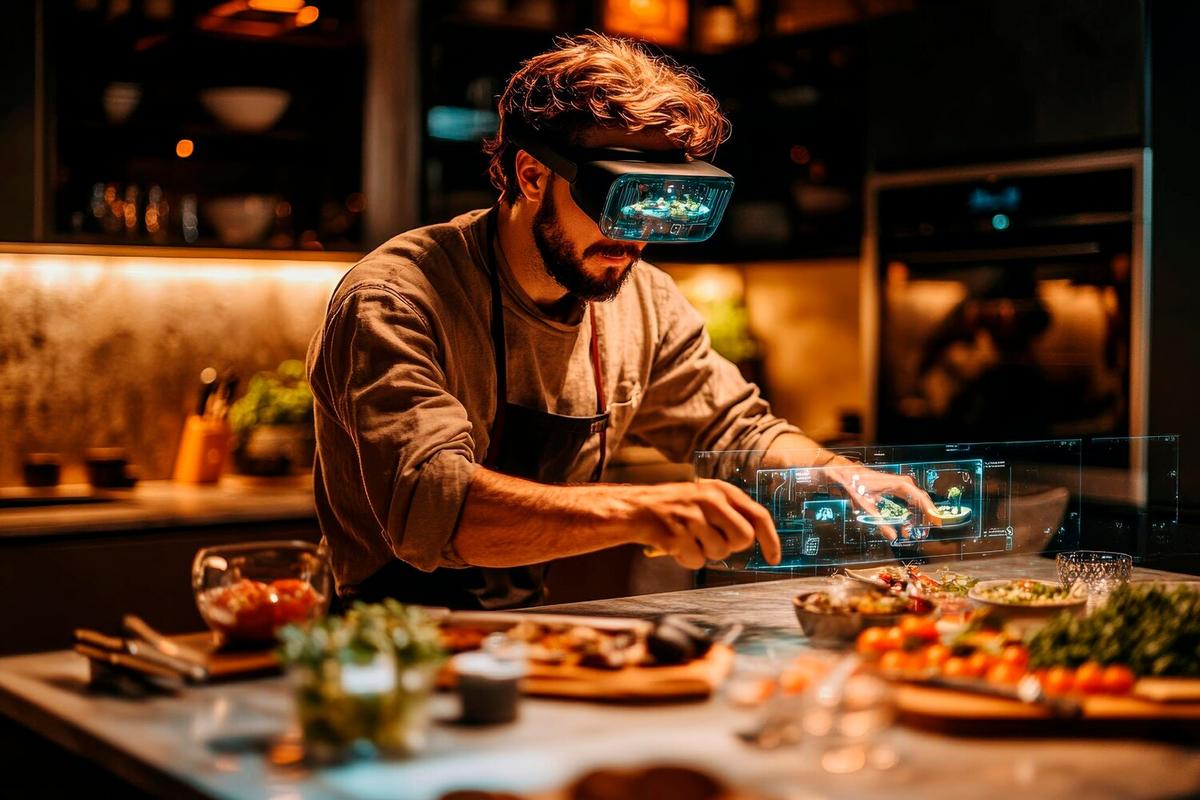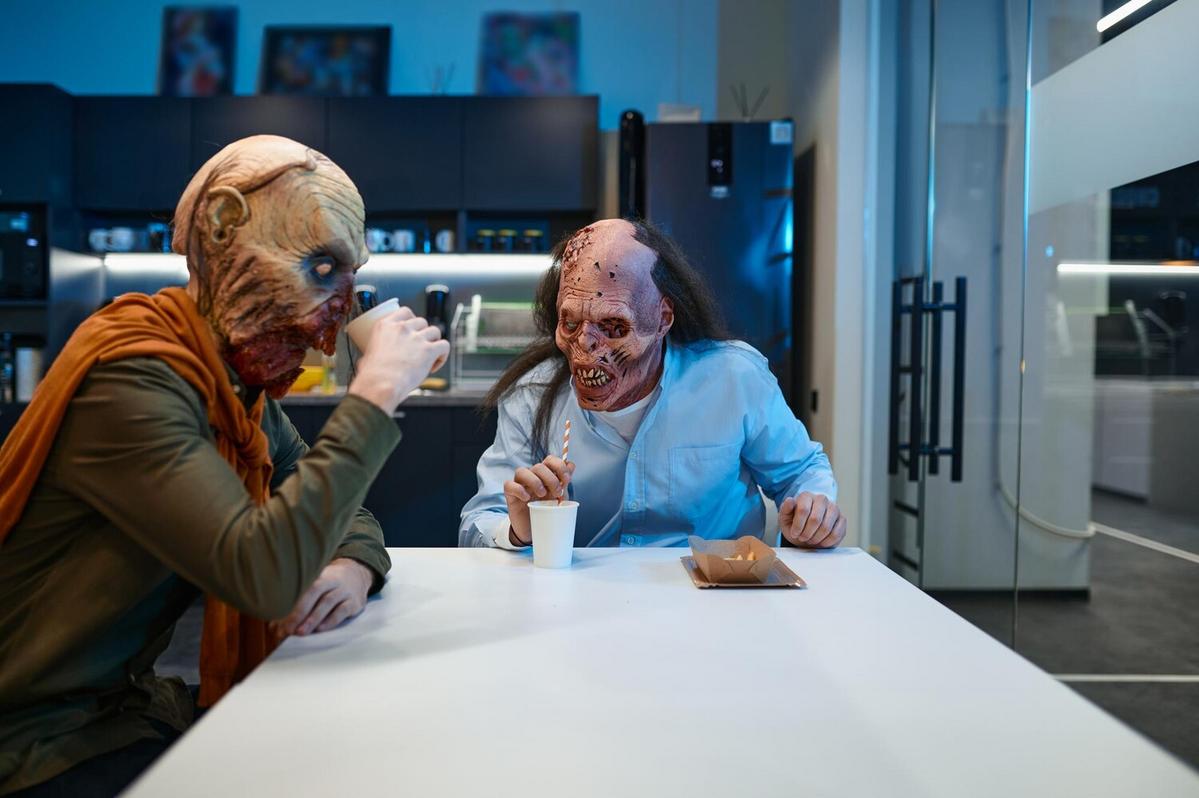
Augmented Reality and Virtual Cooking Classes: What to Expect
Culinary enthusiasts and tech aficionados alike are finding a new frontier in the kitchen through the innovative blend of augmented reality (AR) and virtual cooking classes. This fusion of technology and gastronomy is transforming the way we learn and experience cooking, offering immersive, interactive, and personalized experiences right from the comfort of our homes.
As culinary technology evolves, augmented reality and virtual cooking classes are emerging as powerful tools in the kitchen. This exciting development is not just a trend but a transformative approach to cooking education.
Understanding Augmented Reality in Cooking
Augmented reality overlays digital information onto the real world, providing an interactive experience that can enhance cooking classes. Imagine wearing AR glasses that guide you step-by-step through a recipe, showing you exactly how to chop ingredients or season your dish. This technology offers a hands-free, visual guide that can make cooking more intuitive and less intimidating.
Virtual Cooking Classes: A New Dimension of Learning
Virtual cooking classes take place in a digital environment where participants can interact with instructors and peers. These classes often use video conferencing tools and can include additional AR elements for a more engaging experience. According to a 2022 report by Market Research, the virtual cooking class industry is expected to grow by 15% annually, highlighting the increasing demand for this innovative learning format.
Expert Insights
Chef Emma Wilson, a renowned culinary instructor, shares, “Virtual and AR cooking classes bridge the gap between traditional cooking schools and home kitchens. They offer flexibility and accessibility, allowing more people to discover their culinary potential.”
Benefits of AR and Virtual Cooking Classes
- Accessibility: Learn from anywhere in the world without travel constraints.
- Personalization: Tailor your learning experience to match your pace and preferences.
- Interactive Learning: Engage with instructors and participants in real-time.
- Cost-Effective: Often more affordable than traditional cooking schools.
Personal Experiences
Olivia, a home cook from New York, shares her experience, “I joined a virtual baking class during the pandemic and was amazed at how personal and engaging it was. The AR features helped me perfect my techniques, something I struggled with using just a recipe book.”
Table: Comparison of Traditional vs. Virtual Cooking Classes
| Feature | Traditional Classes | Virtual Classes |
|---|---|---|
| Location | Physical location | Anywhere with internet |
| Cost | Higher | Lower |
| Flexibility | Fixed schedule | Flexible timings |
| Interaction | In-person | Virtual interaction |
| Materials | Provided | Self-sourced |
| Class Size | Limited | Varies |
| Technology | Minimal | High |
| Feedback | Immediate | Can be delayed |
Actionable Tips for Joining a Virtual Cooking Class
- Research platforms that offer AR integration for an enhanced experience.
- Check reviews and ratings to find a class that suits your skill level.
- Ensure you have a reliable internet connection and necessary cooking tools.
- Engage actively by asking questions and participating in discussions.
FAQ
Are AR and virtual cooking classes suitable for beginners?
Yes, many classes are designed for all skill levels, offering basic to advanced techniques.
Do I need special equipment for AR cooking classes?
While AR glasses enhance the experience, many classes can be attended with basic technology like a smartphone or tablet.
Conclusion
Augmented reality and virtual cooking classes are reshaping the culinary landscape by making cooking education more accessible and engaging. With expert guidance, interactive tools, and a flexible learning environment, these classes are perfect for anyone looking to enhance their culinary skills. Ready to embark on your virtual culinary journey? Explore some top-rated platforms and discover the chef within you!


